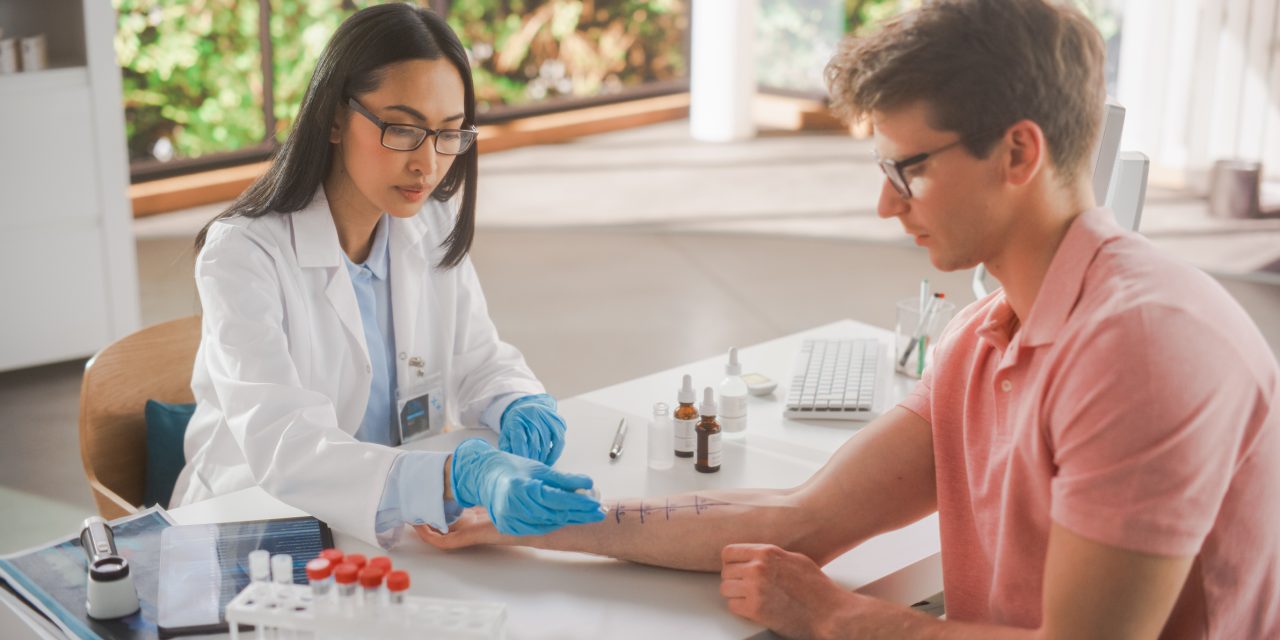Hepatitis A vaccine has been used in mass and routine public vaccination programmes in China. To determine the duration of protection and the need for booster vaccinations, long-term follow-up studies are required.
The geometric mean concentration (GMC) and seroprotection rates of anti-Hepatitis A virus (HAV) antibodies elicited by the inactivated vaccines Healive and Havrix were compared in a prospective, randomised, open-label clinical trial. At 0 and 6 months, 400 healthy children were randomly assigned a 3:1 ratio to receive two doses of Healive or Havrix. Anti-HAV antibody persistence has been found for 5 years after vaccination The present study offers new findings on antibody persistence at 11 years after inoculation. There have been 2 separate serological tests that have indicated that an anti-HAV antibody detection is 98.3% consistent. GMCs in the 1, 6, 7, 66, 112 and 138 months after the vaccination were considerably greater after Healive. The GMCs obtained were also extremely comparable to those acquired from the initial models by means of sensitivity analysis.
Predictive research revealed that both vaccinations had a protective period of at least 30 years. In children 11 years after complete immunisation, healing is more immunogenic than Havrix. The analytical forecast suggested that both vaccines had a minimum of 30 years of antibody persistence.
Reference: https://www.tandfonline.com/doi/full/10.1080/21645515.2020.1715687


